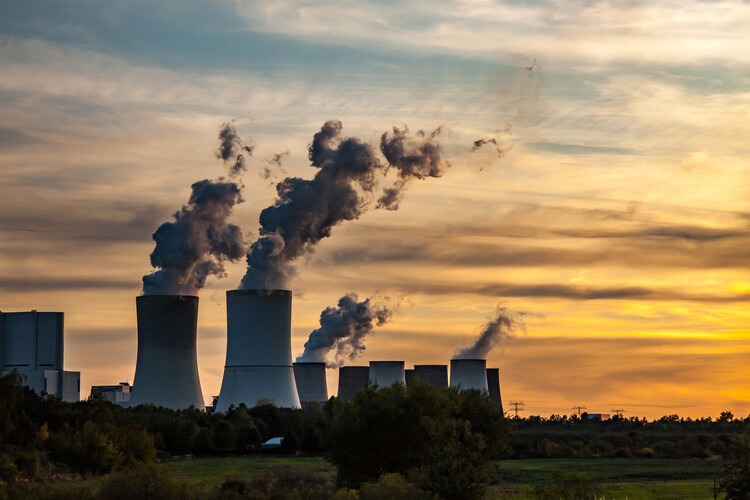
Soaring temperatures lead to wildfires across Corfu, Rhodes and other regions of Greece, with evacuations ordered
Wildfires on multiple Greek islands have caused havoc amid soaring temperatures across the country – with tens of thousands forced to leave their homes and abandon holidays – in Greece’s largest wildfire evacuation to date.
Around 19,000 people have evacuated Rhodes so far, as TUI and Jet2 cancel flights to the island and bring tourists home on repatriation flights from Rhodes International Airport. Other islands, including Corfu and Evia – a large island off the coast of Athens – are also affected.
Related articles
In response to the Greece wildfires, the European Union and its member states have mobilised planes and over 450 firefighters in teams equipped with emergency vehicles and helicopters to tackle the blazes. The EU’s emergency satellite, Copernicus is also being used to assess the damage of affected areas.
Are the Greece wildfires normal?
The short answer is yes – but not at this rate. The locations of the Greece wildfires are areas normally prone to fires during hot and dry summers, as NERC Independent Research Follow for Tyndall Centre for Climate Change Research, Dr Matthew Jones explains.
In the Mediterranenan, mild wet winters cause vegetation to grow – such as grass, shrub and conifer forest – which then become flammable in the dry, hot summers that follow.

The largest fires – located on islands and coastal areas – are worsened by marine winds which can help to blow the flames across the land, with the hilly nature of the islands allowing the fires to travel faster too, compared to on flat surfaces.
‘However, under climate change, what’s changing is the frequency of the weather conditions that enable fires like this to break out, and also to burn so intensely and synchronously across the Mediterranean,’ Jones added.
‘The Mediterranean has seen a dramatic increase in the frequency of the hot-dry conditions that were considered extreme at the end of the last century, and these increases are expected to accelerate for each added degree of warming in future.’
The future of wildfires and global warming
Climate warming, coupled with the onset of El Niño – the natural phenomenon that warms the Pacific Ocean – has led to record-high temperatures in Europe earlier this month, with figures reaching 40C in parts of Italy, as well as wildfires in Canada last month.
And if the current rate of global warming continues, human health will be impacted too, with research suggesting that areas in the Middle East – such as the Arabian Gulf – may become entirely inhospitable to human life by 2100.

Therefore, it is vital that measures are implemented to tackle climate warming, such as countries reducing their greenhouse gas emissions – which release carbon dioxide into the atmosphere and trap heat – and following the 1.5C guideline set out in the Paris Agreement in 2015.
But according to land surface modeller at the UK Centre for Ecology & Hydrology, Dr Douglas Kelley, more wildfires like the one in Greece are set to continue.
‘There is a feedback loop where fires in ecosystems that store large amounts of carbon, such as forests, result in the release of vast quantities of carbon dioxide into the atmosphere,’ Kelley said. ‘ This exacerbates global warming, which in turn increases the risk of wildfires.’
‘Even if we reduce greenhouse gas emissions, there are likely to be more wildfire events by 2100 because global temperatures are continuing to rise and are expected to reach 1.5 to 2 degrees Celsius higher than pre-industrial times. This means that communities in some regions will need to adapt to increases in burning,’ Kelley continued.




